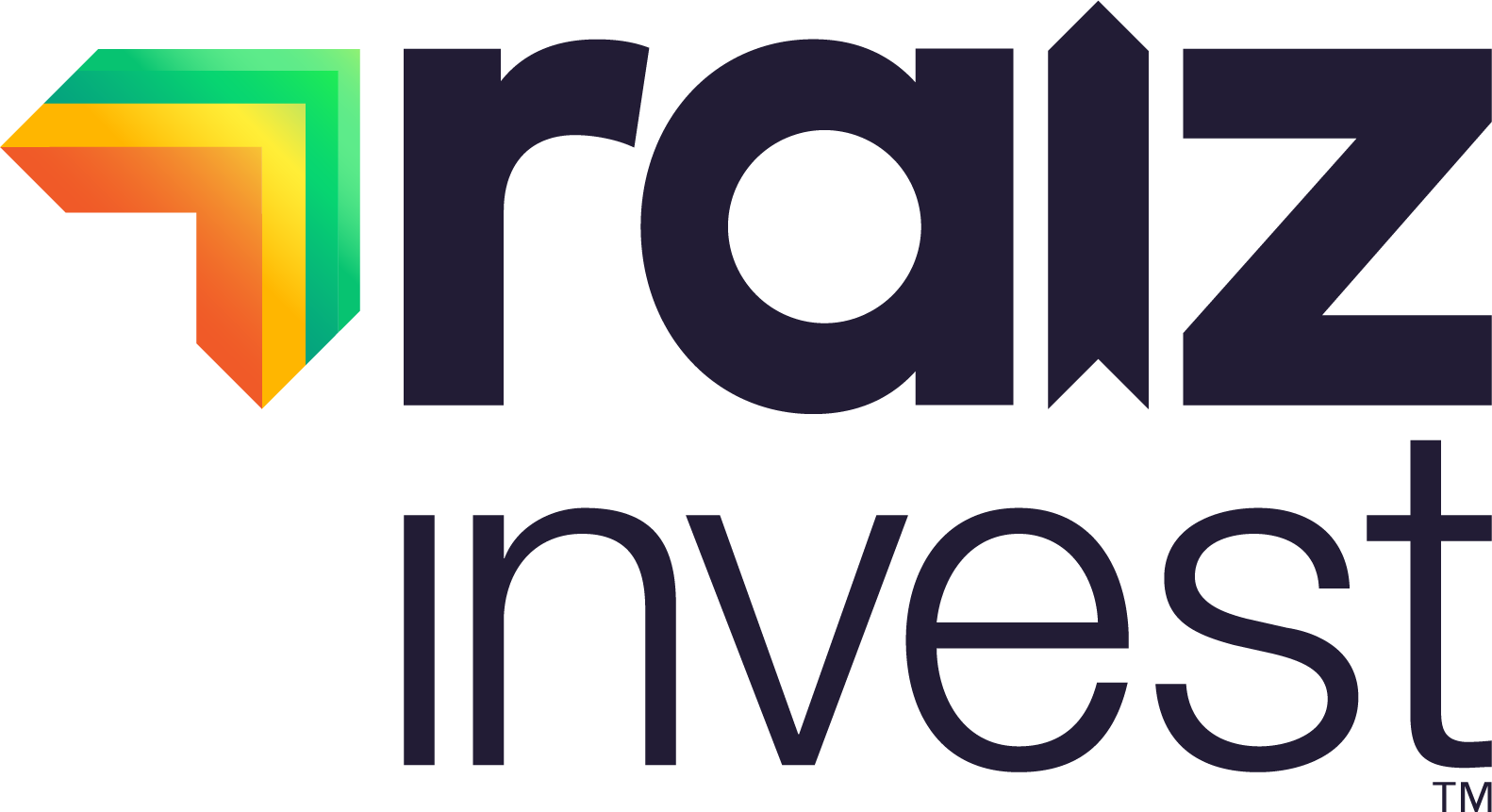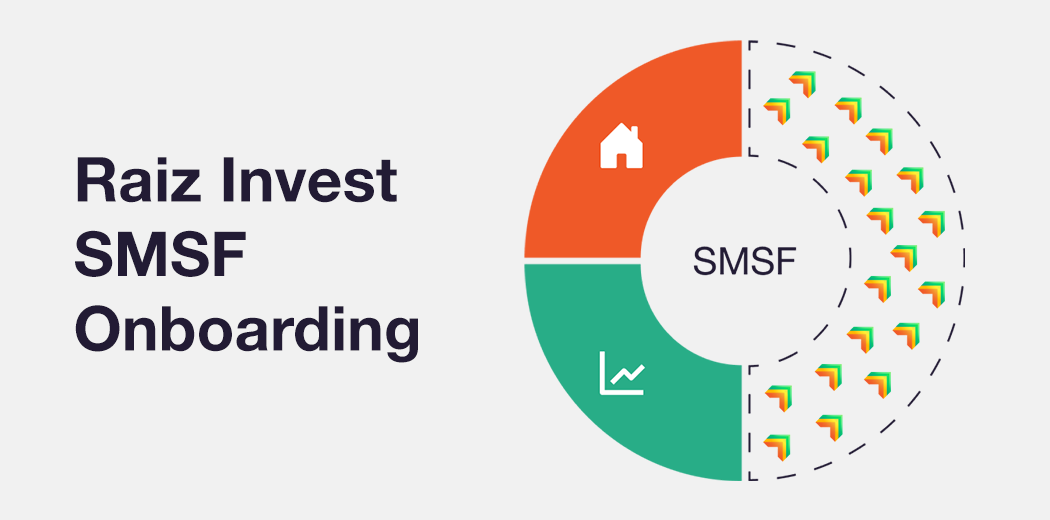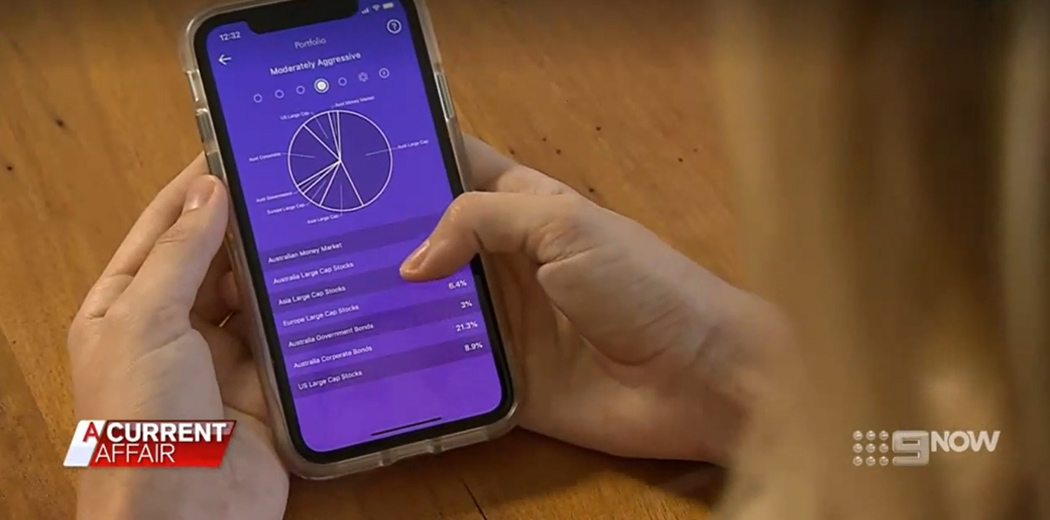
Investing can be like taking a leisurely drive somewhere. You have a degree of control in the journey, but every now and then you could encounter something that either speeds it up or slows it down. But now imagine you are driving aimlessly, with no purpose, and no sense of direction. How are you meant to know where to go if you have no plan and no route?












